What Do Elephants Eat At The Zoo?
Charlotte GreenProper nutrition is the basis for the health and good mood of any animal. That’s why zoos try to provide a balanced diet to all live exhibits. Ideally, if the animal in the zoo can eat the same foods as in the wild. This is also the principle used for elephants. In the wild, elephants mainly eat branches of trees and bushes, grass, and fruit. They can ravage local people’s gardens. The main part of their diet is large amounts of coarse plant food. The task of zoo workers is to offer the elephant a similar menu. In the wild, elephants move around a lot. To eat enough food to keep them healthy, the elephant has to travel long distances from the waterhole to the feeding area. The animal eats most of the day. An elephant in a zoo doesn’t have the opportunity to move as much. The lack of movement causes health problems, including digestive problems. To keep animals from eating too fast, they are fed five to six times a day. In some zoos, they resort to small tricks: they cut fruits and vegetables, which elephants like, and scatter them around the enclosure, mix them with hay and hide them. The search for tasty morsels keeps the elephants occupied for a long time, reducing the rate at which they eat their food. And, at the same time, they’re entertained.
So what do elephants eat at the zoo?
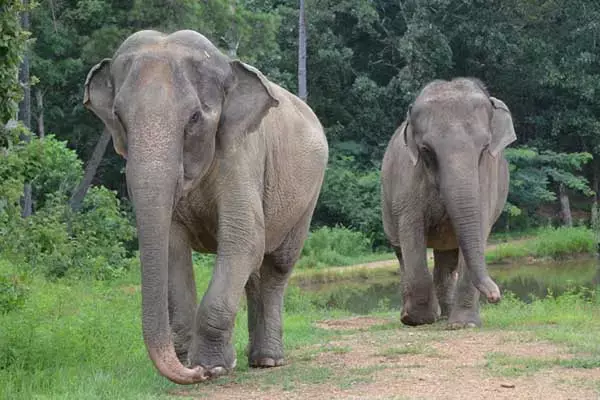
An adult elephant eats about 250 kg of food in a day and drinks 100-250 liters of water. Most of the daily ration is made up of tree branches collected in brooms. Moscow zoo usually uses willow branches, and each elephant gets 40 willow brooms a day (about 6-8 kg). An elephant gets 30 kg of hay and grass, and a few kilos of straw. One or two kilos of oats, 1 kilo of bran, 4-5 kilos of oats, and several kilos of bread make up the grain part of the menu. Juicy fodder may include apples, pears, bananas (8 kg), carrots (15 kg), beets (4-5 kg), and cabbage (3 kg). In summer the menu may also include watermelons. Elephants also receive potatoes, but only in boiled form. Sometimes the giants of the animal world are even given some onions.
Interestingly, elephants don’t eat cabbage and watermelons whole, but first, they put them on the floor and slightly crush them with their feet. Like many people, elephants love sweets. It’s not uncommon to see a huge animal hanging around the enclosure, waiting for visitors in the hope of asking for candy. But elephants can only be given sweets in very limited quantities. If they can’t move around much and actively, elephants gain too much weight, which leads to serious health problems.
In zoos, you can’t give anything to animals, including elephants. Neither candy, nor cookies, nor fruit. Their ratio is strictly calculated, and any handouts can upset the balance of nutrition or even harm their health.
Keeping an elephant in a zoo is troublesome and expensive. But fewer and fewer elephants remain in the wild. If decades ago they kept elephants in zoos only for the sake of entertainment, today the situation has changed: The zoos are involved in the international program on preserving the gene pool of these majestic animals. And the importance of this task justifies the expenses.
The eating habits of elephants
The elephant’s digestive system has several peculiarities, and the absolute length of this mammal’s entire digestive channel is about thirty meters. All eaten vegetation first enters the animal’s oral cavity, where there are wide teeth of the chewing type. Elephants are completely devoid of incisors and tusks, which have been modified in such an animal into large and growing tusks throughout its life.
This is interesting! At birth, elephants have so-called milk tusks, which at the age of six months to a year are replaced by permanent tusks, while the tusks of females are naturally characterized by very weak development or are absent at all.
Throughout its life, the elephant replaces six sets of molar teeth with a rough surface, which are essential for thoroughly chewing coarse plant food. In the process of chewing food, the elephant moves its jaw quite actively in a forward-backward direction.
As a result, well-chewed food moistened with saliva enters the rather short esophagus and then into the unicameral stomach, which connects to the intestine. Inside the stomach, fermentation takes place, and some food is digested exclusively in the colon and cecum, under the influence of bacterial microflora. The average length of time food stays in the gastrointestinal tract of a mammalian herbivore ranges from a day to two days.
How much food does an elephant need per day?
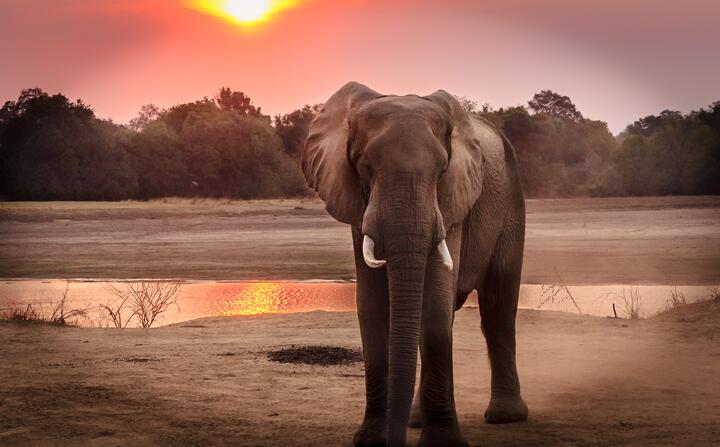 Photo by Harvey Sapir on pexels
Photo by Harvey Sapir on pexelsThe Indian or Asian elephant is predominantly a forest dweller, which makes it somewhat easier to find and use food. This large mammal prefers to settle in light tropical and subtropical broad-leaved forests characterized by a fairly dense undergrowth of various shrubby plants, including bamboo.
The daily rate of food intake is really impressive – from 150 to 200 kg
One should take into account the fact that earlier with the beginning of a cool-season elephants could move to steppe areas en masse, but nowadays such movements became possible exclusively in nature reserves, which is caused by the almost universal transformation of steppes into annually developed by people agricultural lands.
In summer, elephants move along forested slopes, heading for mountainous terrain where the animal will be provided with sufficient food. Due to its impressive size, however, the mammal needs plenty of food, so the elephant rarely eats for more than two or three days in one place.
African and Asian elephants are not territorial animals, but they try to adhere quite strictly to the boundaries of their feeding area. For one adult male the size of such area is about 15 km², and for gregarious females – within 30 km², but borders can significantly increase in size in too dry and low-productive seasons.
The average amount of food eaten daily by an adult elephant is 150-300 kg, represented by a wide variety of plant foods, or about 6-8% of the total body weight of the mammal. To fully replenish minerals in the body, herbivores can search the ground for essential salts.
How much water does an elephant need per day?
In the recent past, elephants in the wild made long seasonal migrations, and the full circle of such movements often took about ten years and included obligatory visits to natural water sources. However, human activity nowadays has made such movement of large mammals almost completely impossible, so water extraction has become a very big problem for wild animals.
Trunk animals drink quite a lot, and one adult elephant needs about 125-150 liters of water daily to meet its vital needs. When water sources available to a mammal run dry, the elephant goes in search of life-giving water. The proboscis and tusk are used to dig meter-long holes in dried-up riverbeds, into which groundwater slowly flows.
Important: Pits with groundwater made by elephants in dried-up streams often become life-saving for other savanna inhabitants, who drink from these improvised reservoirs right after the elephants leave.
Elephants need more than a hundred liters of water daily
African elephants tend to be noticeably larger than Asian or Indian elephants, so they absorb more food and water. As a rule, the mammal quenches its thirst only once a day and does not pay much attention to water quality characteristics. If the diet is rich in liquids, the animal can do without water for several days.
Also, the preservation of moisture in the body is facilitated by the active eating of mud rich in mineral and salt inclusions. However, in some particularly dry years, all the elephant’s efforts to find water are in vain. In such years, the loss of the elephant population due to dehydration becomes very significant.
What do elephants eat at the zoo? Elephants diet
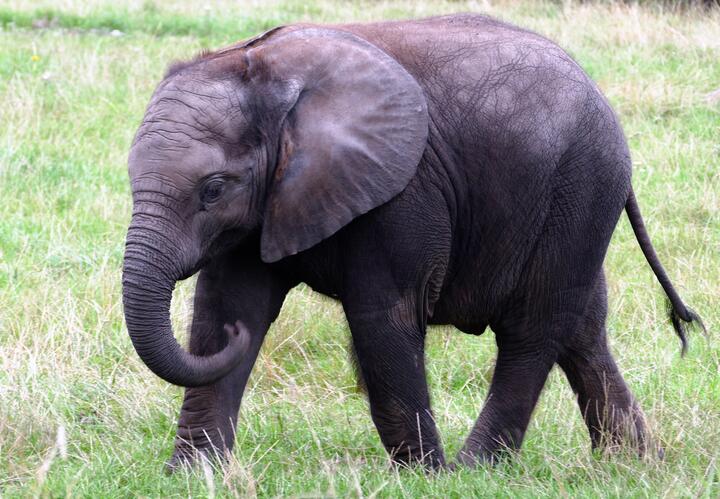 Photo by Anthony : ) on pexels
Photo by Anthony : ) on pexelsIt is important to understand what do elephants eat. The diet of an elephant varies in Africa and India. In Africa, they primarily rely on grass and vegetation, but in India, they also consume tubers, roots, and other plant materials. These types of plants are also scavenged by elephants, and they ingest them through their dung. Besides maintaining their weight, the dung helps spread the seeds of these plants in the African forests and savannahs.
Elephants are not omnivores; their diet is varied. In zoos, they are often fed hay and vegetables. But they also eat a wide variety of fruits and vegetables. While these foods are excellent supplements, they do not represent the main diet of an animal. In addition, they are lacking in roughage and nutrients. Many tourists buy fruit and vegetables that aren’t worth selling on the open market. When feeding fruit to elephants, they should make sure that the fruit is safe and fresh.
Among the foods that an elephant can eat is grass. They also eat vegetables, including cabbage, carrots, and beets. Watermelons, which are found in Thailand, are also eaten by elephants. However, they largely rely on fruit and vegetables for nutrition. In their habitat, elephants feed on plants and trees. This means that they can eat large amounts of food. They have long mouths and huge trunks, so they can easily crush these foods.
Because of their large mouths and strong teeth, elephants do not eat meat. In their natural habitats, they eat trees and branches. They also eat grass and fruit. Because they’re unable to digest these foods, 85% of what they ingest comes out of their mouths without being digested. Because of their long mouths and long tongues, elephants ingest their food in an effort to survive, and if they feel threatened, they may even attack humans. Besides this, they’re territorial and have a tendency to go on rampages.
An elephant’s diet is extremely important to their health. A healthy elephant will eat about 170 kilograms of fresh plants per day, while a female will eat around 150 kilograms. It is important to note that an adult elephant will use its trunk only if a treat is worth the effort. But a young male will usually cut a small tree for fun. In addition to greens, an emaciated elephant can be starved.
Asian elephants are the largest land mammals in the world, weighing in excess of five tons. They spend more than three-quarters of their day choosing and eating their food. In the wild, they eat grass, roots, and other vegetation. In zos, they eat hay and straw. They also drink a lot of water. They also eat a lot of vegetation and a variety of vegetables.
In their natural habitat, elephants eat plants and trees. They will eat tree bark, which contains calcium and roughage. They also eat flowers, leaves, and twigs. They will also eat fruits and vegetables, although they tend to prefer bamboo. They also drink approximately eighty gallons of water per day. During the day, they will eat a variety of other plants, including bananas, oats, and grass.
Besides eating plants, elephants also dig up the earth to get minerals. They use their tusks to suck up water and dig for roots. They will eat anything green and will cut down trees to get the leaves they need to survive. They also dig up plants to find water to drink. Aside from eating grass, elephants also eat tree leaves, bark, and woody parts of the plant.
During the day, elephants will eat a variety of different kinds of weeds and trees. They prefer bushwillow and Acacia trees, while their mother will eat their dung to digest their food. In the Savanna, elephants eat different parts of the same tree. They will graze in the same place each day, so the dung of the mother will be a large part of their diet.
- WildlifeHow Many Giraffes Are There In The World?
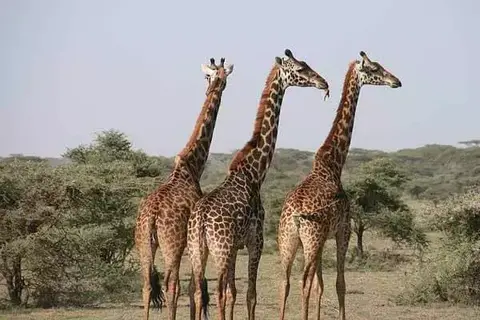
- BirdsHow To Take Care Of Sparrow NestlingsBy Charlotte Green
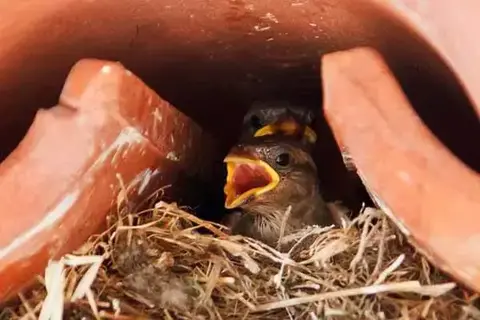
- BirdsInteresting Facts About The Brown PelicanBy Evelyn Star
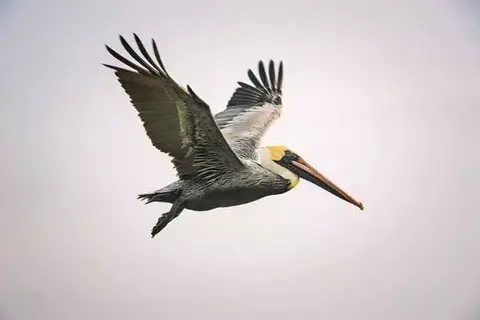
- Rodents24 Interesting Facts About Guinea PigsBy Charlotte Green
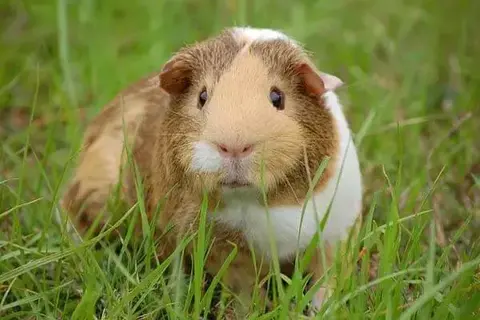
- DogsFun Facts About RottweilerBy Camilo Walker

- RodentsFacts about Hedgehogs that you may not knowBy Nolan Foster
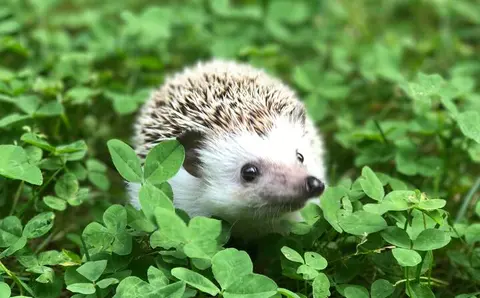
- Rodents100 Amazing Facts About SquirrelsBy Evelyn Star
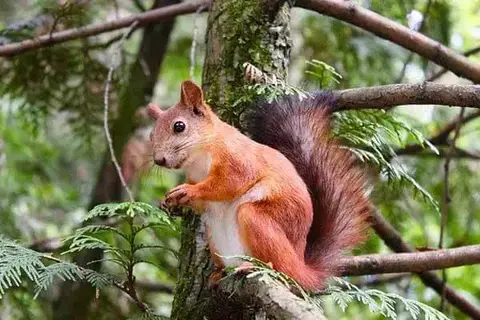
- RodentsWhat Do Hedgehogs Eat In The Wild And At Home?By Camilo Walker
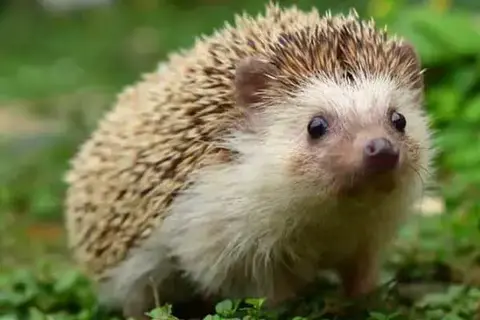
- WildlifeStarfish Characteristics And FactsBy Murphy Scott

- BirdsInteresting Magpie FactsBy Camilo Walker
